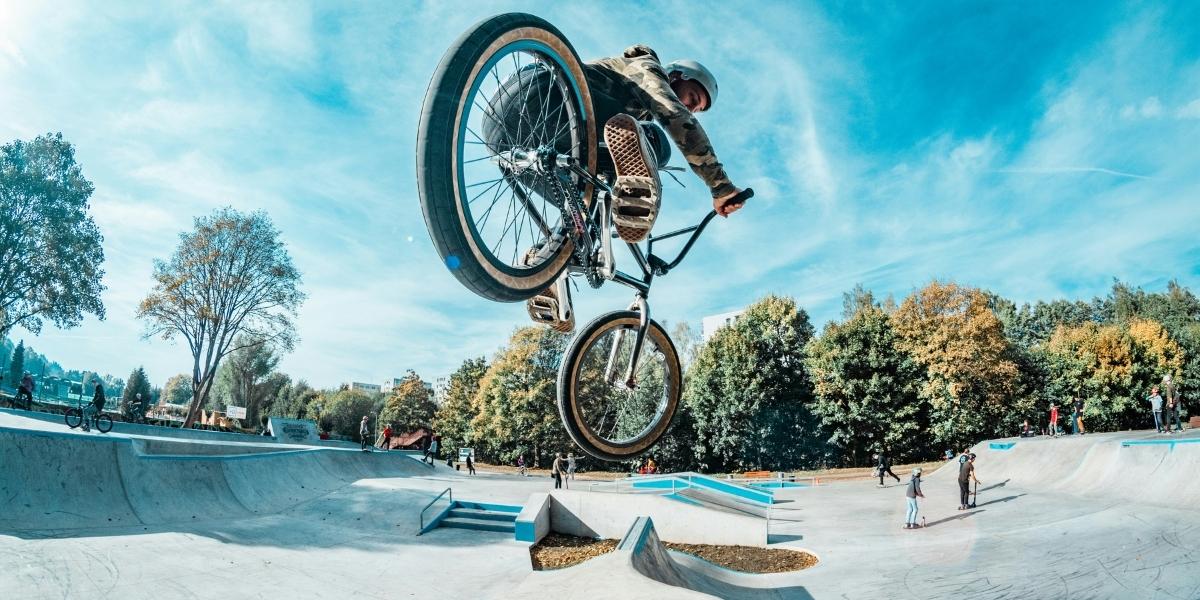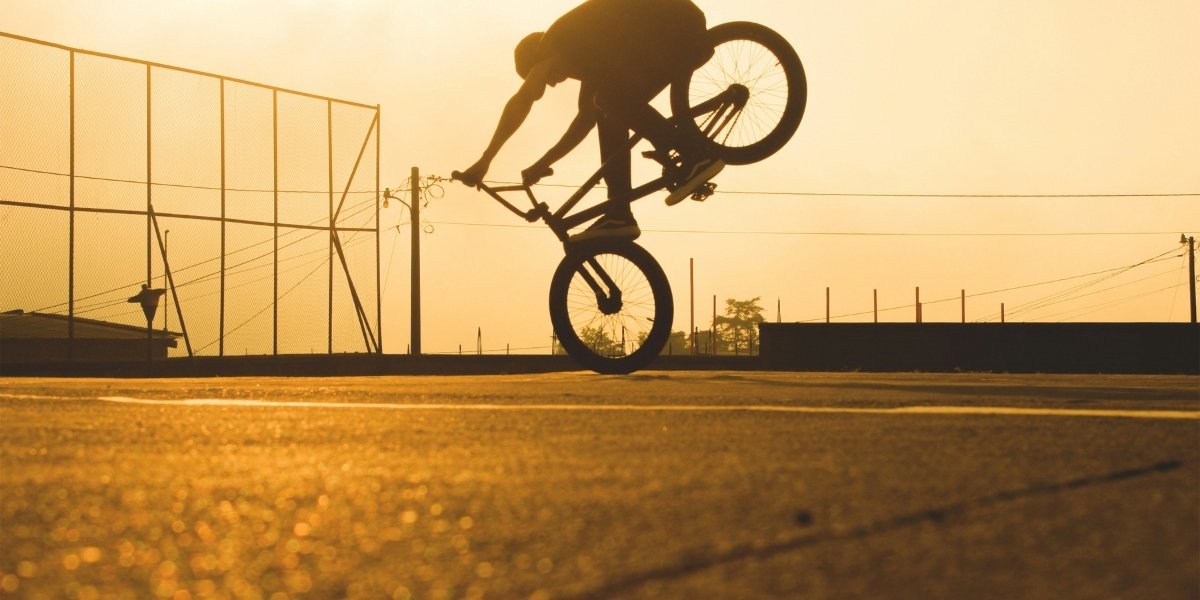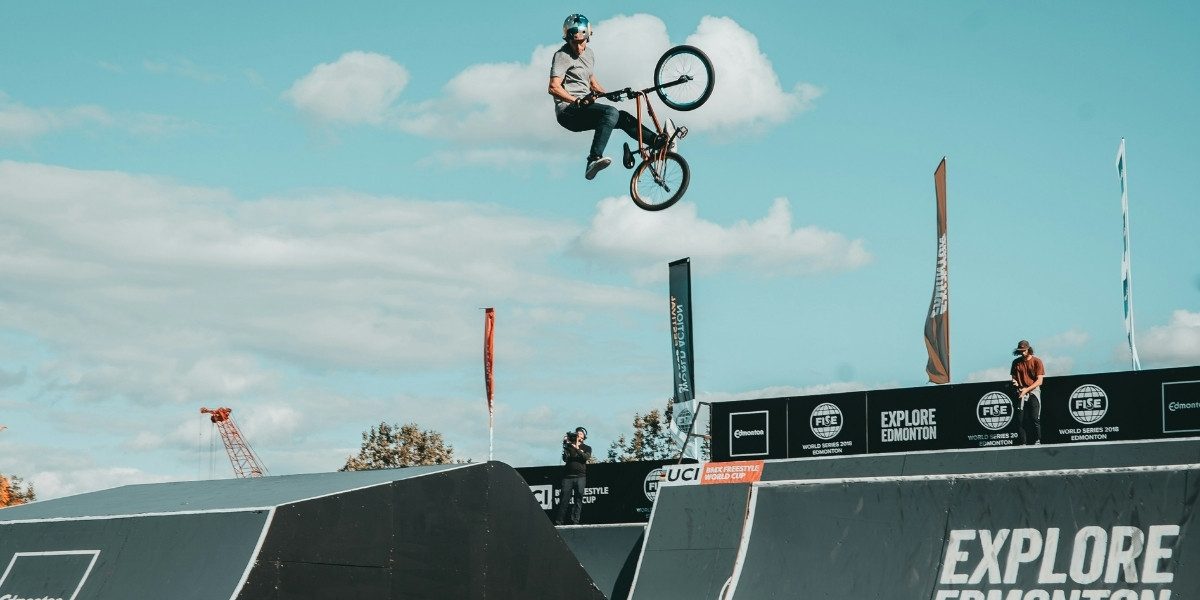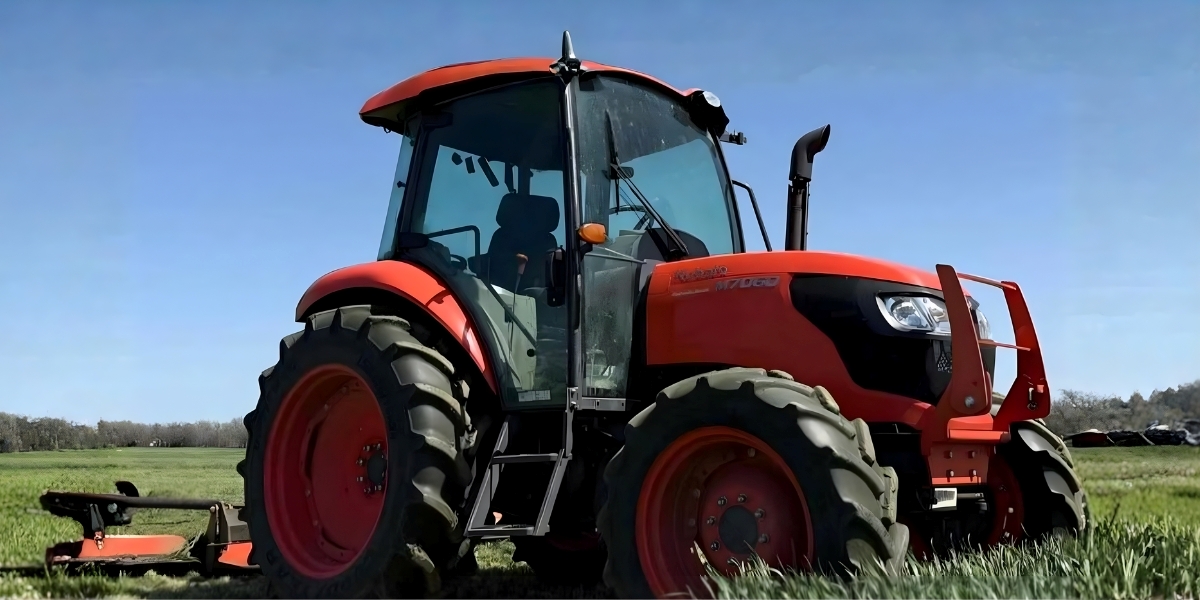The Thrill of BMX: From Street to Olympic Glory
The journey of BMX culture began not on grand stages, but on the sun-baked dirt tracks and gritty streets of American neighborhoods. Young riders, inspired by motocross races, began to mimic the jumps and turns on their bicycles, unwittingly laying the foundation for a global phenomenon. What started as simple imitation quickly evolved into a distinct form of cycling, characterized by its compact bikes, acrobatic maneuvers, and a pervasive spirit of freedom. This burgeoning movement fostered a tight-knit community, where sharing tricks and pushing boundaries became the unspoken currency. The early days were marked by ingenuity, with riders often modifying their bikes to withstand the rigors of jumps and landings, cementing the do-it-yourself ethos that remains a hallmark of this realm.
As the bikes and riders grew more specialized, this nascent activity found its first organized expressions in local races and informal gatherings. Competitions, often held on makeshift tracks in parks or empty lots, provided a proving ground for new skills and a platform for riders to showcase their daring. The appeal was undeniable: the combination of speed, agility, and the sheer audacity of aerial feats captivated audiences and drew more participants into its orbit. This period saw the emergence of iconic figures who defied gravity and pushed the limits of what was thought possible on a bicycle, inspiring a generation of aspiring riders. Their exploits, shared through word of mouth and early cycling magazines, solidified the adventurous identity of the sport.

The magnetic pull of this dynamic sport eventually extended beyond local scenes, drawing the attention of manufacturers and event organizers. This expansion led to more structured competitions, the development of purpose-built tracks, and a wider range of specialized bikes and components. As the sport gained traction, its reach broadened, welcoming riders from diverse backgrounds who found common ground in the shared passion for two wheels and limitless possibilities. The inherent excitement and dynamic nature of BMX provided an outlet for creativity and self-expression, fostering a vibrant community that transcended geographical boundaries and united individuals under the banner of high-flying action and audacious feats, truly embodying the BMX culture.
How Does This Sport Drive Innovation in Bike Design?
The relentless pursuit of new tricks and higher performance within the world of BMX has consistently driven significant innovation in bicycle design. Early bikes were often repurposed models, ill-equipped for the stresses of jumps and rough landings. Riders and small workshops began experimenting with stronger frames, more durable wheels, and components capable of absorbing impact. This hands-on, trial-and-error approach, born from necessity, directly led to the development of the robust and specialized BMX bikes we recognize today, characterized by their smaller wheels, single-speed gearing, and reinforced construction. The demands of freestyle riding, in particular, necessitated constant adaptation and improvement in bike engineering. This shows how essential BMX culture is to progress.
Manufacturers quickly recognized the growing market and the specific needs of this thriving community. They began collaborating with top riders and engineers to develop purpose-built bicycles that could withstand the sport’s unique demands. This collaboration fostered a continuous feedback loop, where rider input directly influenced design improvements, leading to advancements in materials, frame geometry, and component durability. Innovations like the rotor, which allows handlebars to spin 360 degrees without tangling brake cables, emerged directly from the needs of freestyle riders perfecting complex aerial maneuvers. Every evolution in trickery called for a corresponding evolution in the machine.
The competitive aspects of BMX, especially in racing, also spurred innovation in bike performance. Racers demanded lighter, faster, and more agile bikes that could accelerate quickly out of the gate and handle berms and jumps with precision. This led to advancements in frame materials, such as lighter alloys, and aerodynamic considerations. The continuous push for marginal gains on the track mirrored the freestyle quest for new, more difficult tricks, creating a dynamic environment where the technical limits of the bicycle were constantly being challenged and redefined. This symbiotic relationship between rider and machine remains a cornerstone of BMX culture.
What Defines the Evolution of BMX from Street to Olympics?
The evolution of BMX culture from street to Olympics represents a remarkable journey from its informal roots to a recognized global sport. Initially, the street and dirt jump scenes were the primary incubators for talent and innovation. Riders carved out their own spaces, transforming urban landscapes and natural terrain into playgrounds for their bikes. This raw, untamed spirit of individual expression was the very essence of early BMX, characterized by spontaneous sessions and a strong emphasis on style and personal flair over rigid competition rules. The joy of riding and the camaraderie among peers formed the bedrock of this grassroots movement.
As the sport matured, a desire for broader recognition and more structured competition began to take hold within this community. Organizations emerged to standardize rules, establish professional tours, and create pathways for riders to compete at higher levels. This formalization did not erase the street element, but rather built upon it, providing new avenues for riders to showcase their skills and earn livelihoods from their passion. The X Games played a crucial role in elevating BMX to a wider audience, showcasing its spectacular freestyle disciplines and introducing many to the sport’s thrilling visual appeal. This exposure was pivotal in transforming a niche activity into a spectator event.
The ultimate step in the evolution of BMX culture from street to Olympics came with its inclusion in the Olympic Games. This momentous occasion brought unprecedented visibility and legitimacy to the sport, placing it on the world’s most prestigious athletic stage. While some purists debated the impact of formalization on the sport’s original spirit, Olympic inclusion undeniably opened doors for new funding, greater athlete support, and a broader global reach. It allowed a new generation of riders to aspire to Olympic glory, demonstrating the sport’s capacity to adapt and thrive while retaining its core values of athleticism, daring, and individual skill.
How Does This Sport Foster a Sense of Community?
The vibrant world of BMX is deeply rooted in a profound sense of community, acting as a magnet for individuals who share a passion for two-wheeled exhilaration. From local skateparks to international events, riders often find an immediate connection with others who understand the dedication, the occasional falls, and the immense satisfaction of landing a new trick. This shared experience creates a supportive environment where seasoned veterans often mentor newcomers, sharing tips, encouragement, and even spare parts. It is a space where personal progress is celebrated collectively, and the bonds formed on ramps and trails often extend into lasting friendships. This is a core aspect of BMX culture.
This strong communal aspect is evident in how riders often gather informally, organizing sessions and road trips simply to ride together. Social media platforms and dedicated online forums have amplified this connection, allowing riders from across the globe to share videos, discuss techniques, and organize meetups. These interactions reinforce the idea that every rider, regardless of skill level or background, is part of a larger family united by the bike. The willingness to help each other and the shared pursuit of pushing boundaries create a collective identity that transcends geographical boundaries.
The spirit of collaboration and mutual respect within the BMX world also manifests during competitions and jams. While competition is present, there is often a palpable sense of camaraderie among participants. Riders cheer on their rivals, offering encouragement and acknowledging impressive feats. This supportive atmosphere contrasts sharply with the cutthroat nature of some other sports, highlighting the core values of enjoyment and collective progression that have always been central to the BMX ethos. It is this unique blend of individual achievement and collective support that truly defines the enduring spirit of BMX culture.
What is the Enduring Appeal of This Athletic Pursuit?

The enduring appeal of BMX lies in its unique blend of athleticism, artistry, and accessibility, captivating generations of riders and spectators alike. It offers an avenue for profound personal expression, allowing riders to develop a unique style that combines physical skill with creative flair. Whether performing complex sequences on a ramp, navigating an intricate street course, or racing against the clock, each rider brings a distinct personality to their performance. This personal touch makes the sport endlessly fascinating, as there are countless ways to interpret and execute maneuvers, ensuring a fresh and evolving spectacle, a key element of BMX culture.
A significant part of the allure of this sport stems from its inherent thrill and the constant challenge it presents. The feeling of defying gravity, the precision required for complex tricks, and the adrenaline rush of speed provide a powerful draw for those seeking excitement. It demands not just physical strength and agility, but also mental fortitude, problem-solving skills, and a willingness to overcome fear. Every landed trick, every cleared jump, represents a personal triumph, fostering a deep sense of accomplishment that keeps riders coming back for more, continuously striving to master new challenges and expand their repertoire.
From humble beginnings to global recognition, the journey of BMX showcases its remarkable adaptability and unwavering spirit. Its vibrant community, commitment to innovation, and thrilling nature secure its place as a compelling and influential force in action sports. The raw energy of street riding, the precision of racing, and the artistry of freestyle combine to create a truly captivating spectacle. This rich tapestry of experiences ensures that BMX will continue to inspire and excite, drawing new enthusiasts into its orbit for many years to come, a testament to its enduring power and widespread appeal, a true testament to BMX culture.








